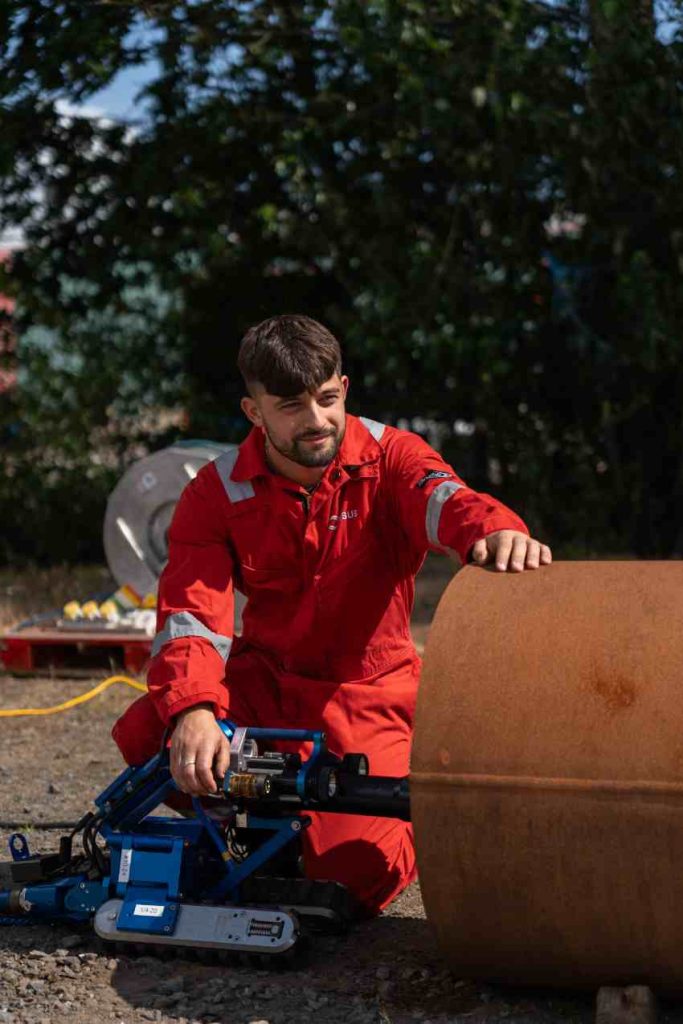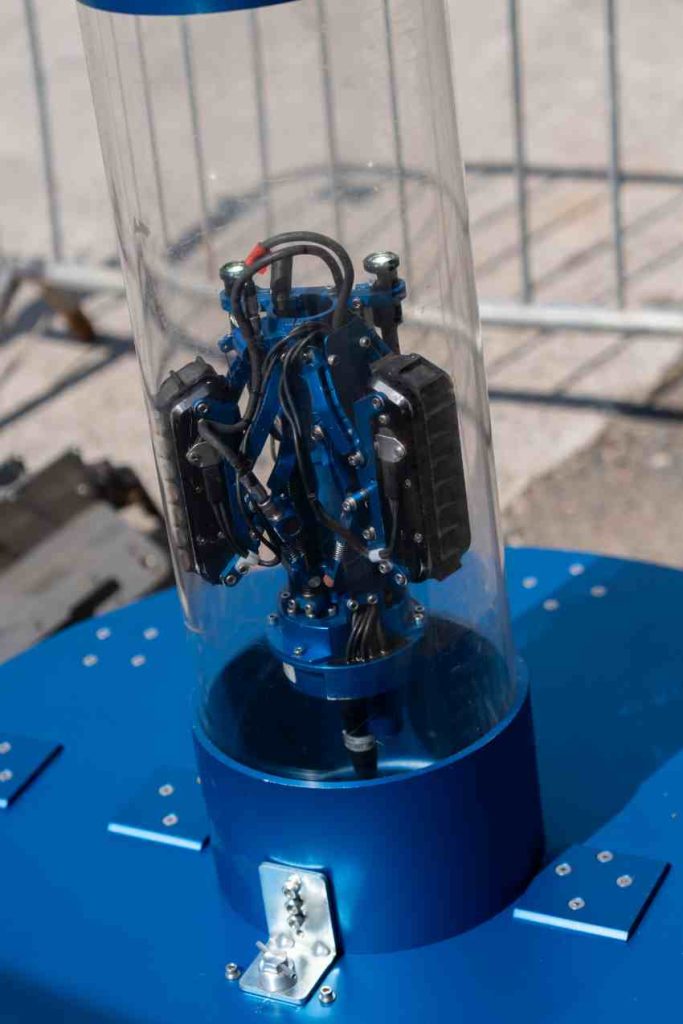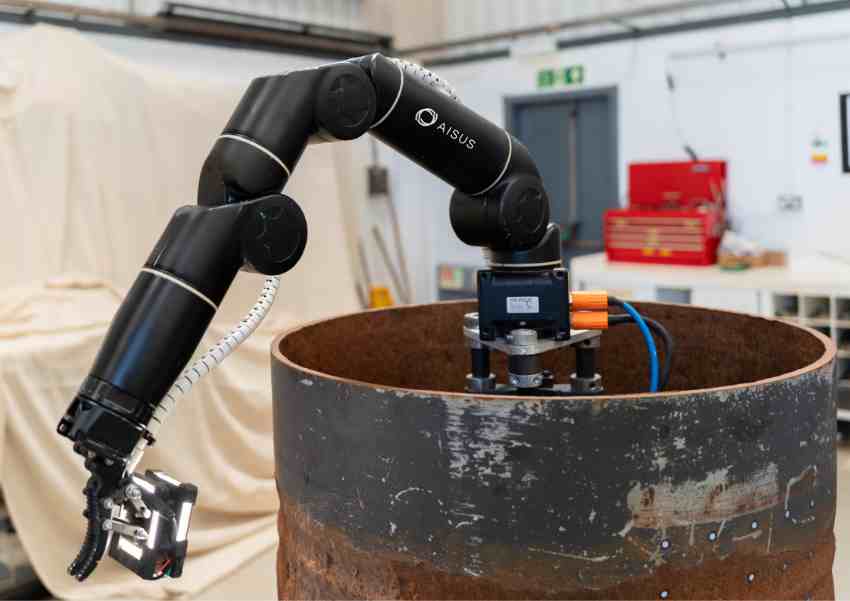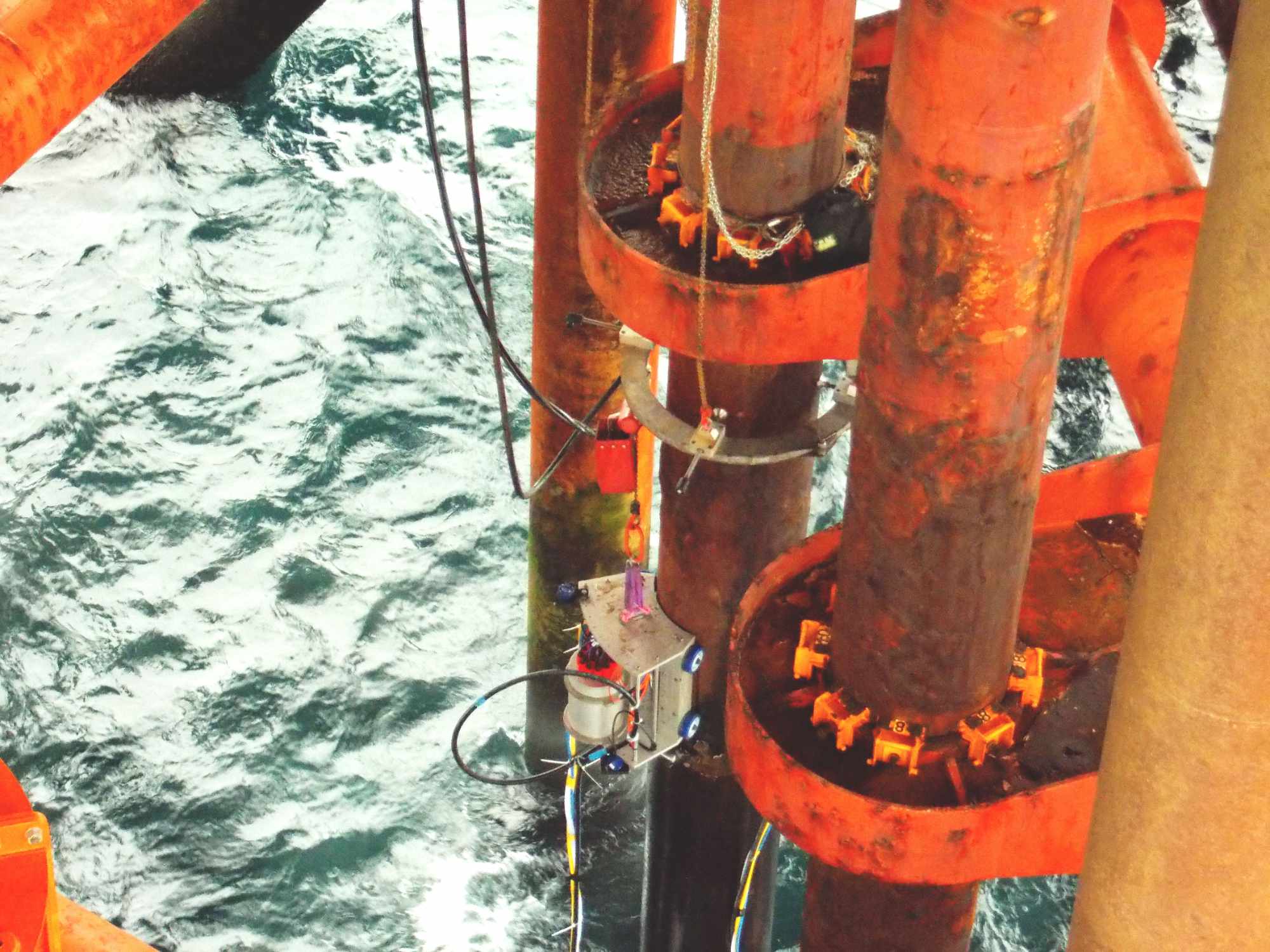AISUS is a specialist provider of remotely deployed non-destructive testing (NDT) and advanced inspection solutions for the global energy sector. The company designs, builds, and operates their own robotic crawlers and inspection systems, giving operators safer, faster, and more reliable ways to manage asset integrity. By removing the need for confined space entry, rope access, or expensive ROVs, they deliver safer inspections that save time and costs while providing richer, more actionable data.
Interview with Barry Marshall, General Manager at AISUS.
A brief description of the company and its activities.
Barry Marshall: Much of our work is focused on ageing offshore infrastructure such as caissons, conductors, and splash-zone pipework, where corrosion can quickly escalate into major safety, environmental, and operational risks. Through our technology, we enable operators to detect problems earlier, plan targeted interventions, and extend the safe working life of critical assets.
What are the main areas of activity of the company?
B.M: We sit at the innovation between engineering design, offshore inspection, and digital data. Our in-house design team develops custom robotic crawlers and advanced inspection systems that can operate in confined, hazardous, or otherwise inaccessible areas. Our offshore specialists deploy this equipment, capturing high-value inspection data without exposing personnel to risk. Finally, our digital platform brings that data together, turning imagery, ultrasonic readings, and laser profiles into accessible insights.
It’s this integration – design, inspection, and data – that sets AISUS apart. Each part of the process is streamlined, allowing us to deliver solutions that are both technically advanced and operationally practical.

What’s the news about new products/services?
B.M: Our technology is constantly evolving. Recently, we’ve developed inspection crawlers that can operate in ultra-small diameters, while also scaling up to systems capable of inspecting structures as large as 2.5m. One of the most exciting developments has been our under-deck crawler technology, which can navigate the underside of offshore platforms, which is a notoriously hazardous and difficult-to-access area.
On the digital side, we are integrating AI-driven defect detection and predictive modelling into our cloud-based data platform. Instead of just showing operators where corrosion exists, our software compares historical data and forecasts where it might occur. This gives asset owners the ability to plan smarter maintenance strategies, reduce unnecessary downtime, and improve long-term sustainability.
What’s the range of products/services?
B.M: Our core portfolio includes robotic crawlers that use magnetic adhesion to travel through pipework as small as 4 inches in diameter. These are fitted with a wide range of inspection technology, including high-resolution video, ultrasonic testing, laser profiling, and photogrammetry. Combined, these provide a full picture of internal and external asset condition.
Beyond our standard tools, we design and build custom inspection systems to tackle unique client challenges. That might mean developing a crawler to access unique structure or adapting a tool to operate in extreme conditions.
Our digital platform ties everything together. Operators can access 3D models, panoramic imagery, historical comparisons, and predictive analytics all in one integrated system. This means that inspection results are no longer just static reports but become interactive datasets.

What is the state of the market where you are currently active?
B.M: The energy sector is under immense pressure to extend the lifespan of existing infrastructure while also improving safety and reducing environmental impact. Traditional inspection methods like divers or ROV are often slow, costly, and put personnel at risk. Operators are therefore seeking safer, smarter, and more data-driven alternatives.
AISUS established in Aberdeen, serving operators in the North Sea and Norway. From there, we’ve expanding into a global business, with operations across the Middle East, the USA, Malaysia, and Australia. Oil and gas remains central to our work, but we are increasingly applying our expertise to other sectors, including offshore wind, nuclear power, drilling operations, and civil infrastructure.
What can you tell us about market trends?
B.M: There is a clear shift underway from reactive inspections toward predictive integrity management. Instead of waiting for failures to occur, operators are embedding robotic inspection and digital data insights into pro-active maintenance strategies.
AI and machine learning platforms are driving this transformation. With real-time insights, operators can make faster, more informed decisions. The Middle East is leading the charge, with heavy investment in digitalisation and AI-driven asset management. Europe and North America are following closely, particularly as regulations tighten and ESG pressures grow.

What are the most innovative products/services marketed?
B.M: While our custom-made robotic crawlers are highly innovative, the real step-change comes from our data platform. Operators are focused on the insights we deliver. Our data management platform, includes predictive modelling, panoramic imaging, 3D asset visualisations, and even VR-compatible models.
What estimations do you have for the second half of 2025?
B.M: We anticipate continued global growth, both in terms of market adoption and geographic reach. While we are already active across Europe, North America, Asia-Pacific, and Australia, the Middle East is proving to be the fastest-growing market.
In the last year alone, we’ve delivered projects there that are reshaping how asset integrity is managed. Looking ahead, we plan to expand our local presence significantly, with a second regional hub in the Middle East scheduled to be established by 2025.
Our vision for the future is clear: cement AISUS as a global leader in robotic inspection and digital asset integrity management. By doing so, we aim to help the entire energy sector operate more safely, efficiently, and sustainably, delivering value not just for operators but for society as a whole.


